Visit Copenhagen: What are the best things to do and see in the capital of Denmark? Discover our musts.
The Danish capital can be costly, but it is worth visiting. Even before we go there, we can say that the city of Copenhagen seems too beautiful to be true. For years it has been hailed to be the temple of design, vanished as the most sustainable city and the European bike capital, venerated as a culinary destination sheltering the best restaurant on the planet, and "listed" as the city where people are the happiest in the world.
In truth, this supposed urban utopia has some flaws like ridiculously high prices for example. But can we blame him? Its remarkable architecture, its gardens and its Nightlife make your expenses forget the time of his visit. So what do we do in Copenhagen? What are the best activities and addresses that deserve the detour? To you who will soon go to "La petite Amsterdam" , here are the best things to do in Copenhagen, with some must-sees.
1. The gardens of Tivoli
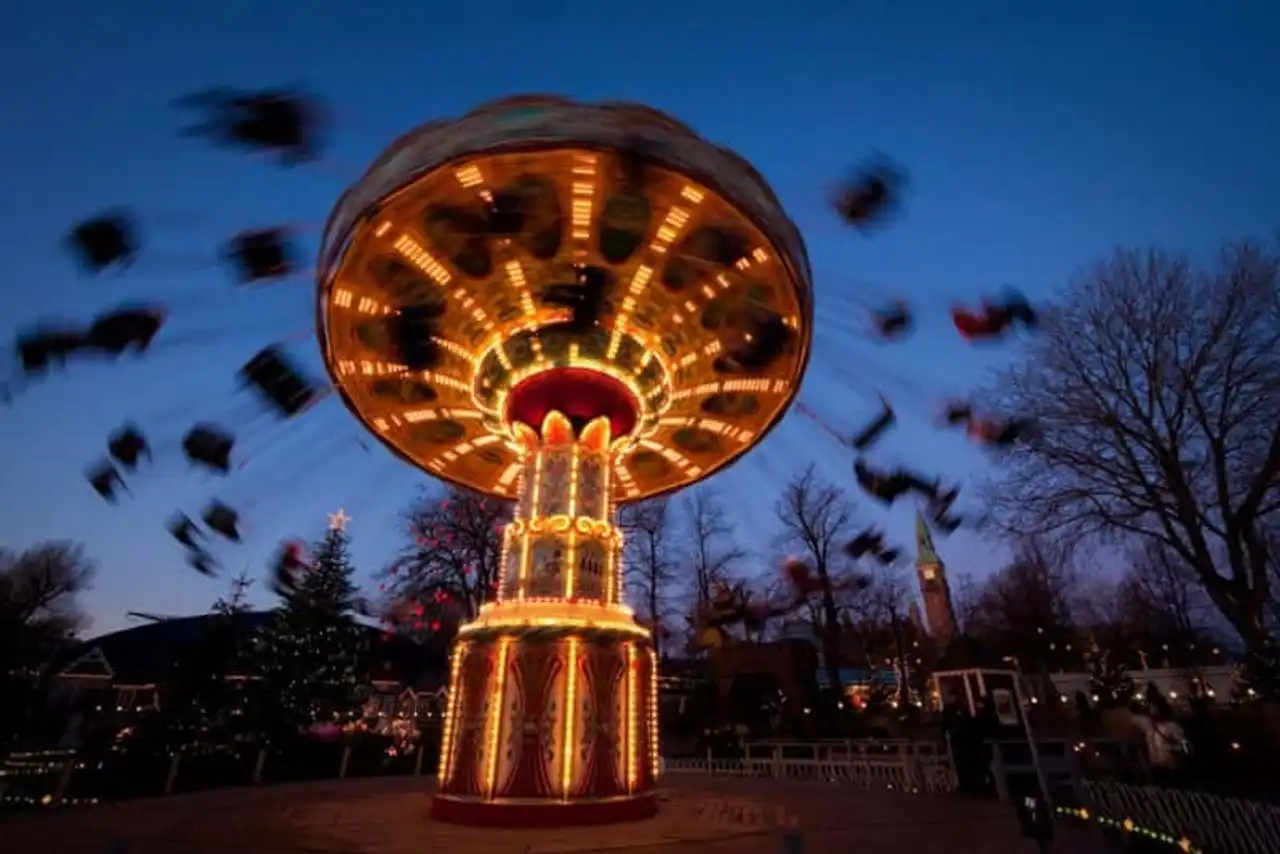
Photo credit: Flickr – Stig Nygaard
The Tivoli Gardens, an antique amusement park in the centre of Copenhagen, is the second oldest in the world (the first being also a Danish park, Bakken Klampenborg). He was Walt Disney’s muse that was inspired to give birth to Disneyland, at least that is what legend says. Opened in 1843 and always very popular with tourists and locals, it enjoys an unchanging success thanks to two of its attractions: its Russian wooden mountains and its carousel, one of the largest in the world.
If you are going to visit Copenhagen with your family, it is the flagship activity to book during your stay, namely that there is a pass to enjoy the attractions in an unlimited way, which costs 200 DKK (27€).
2. Château de Rosenborg
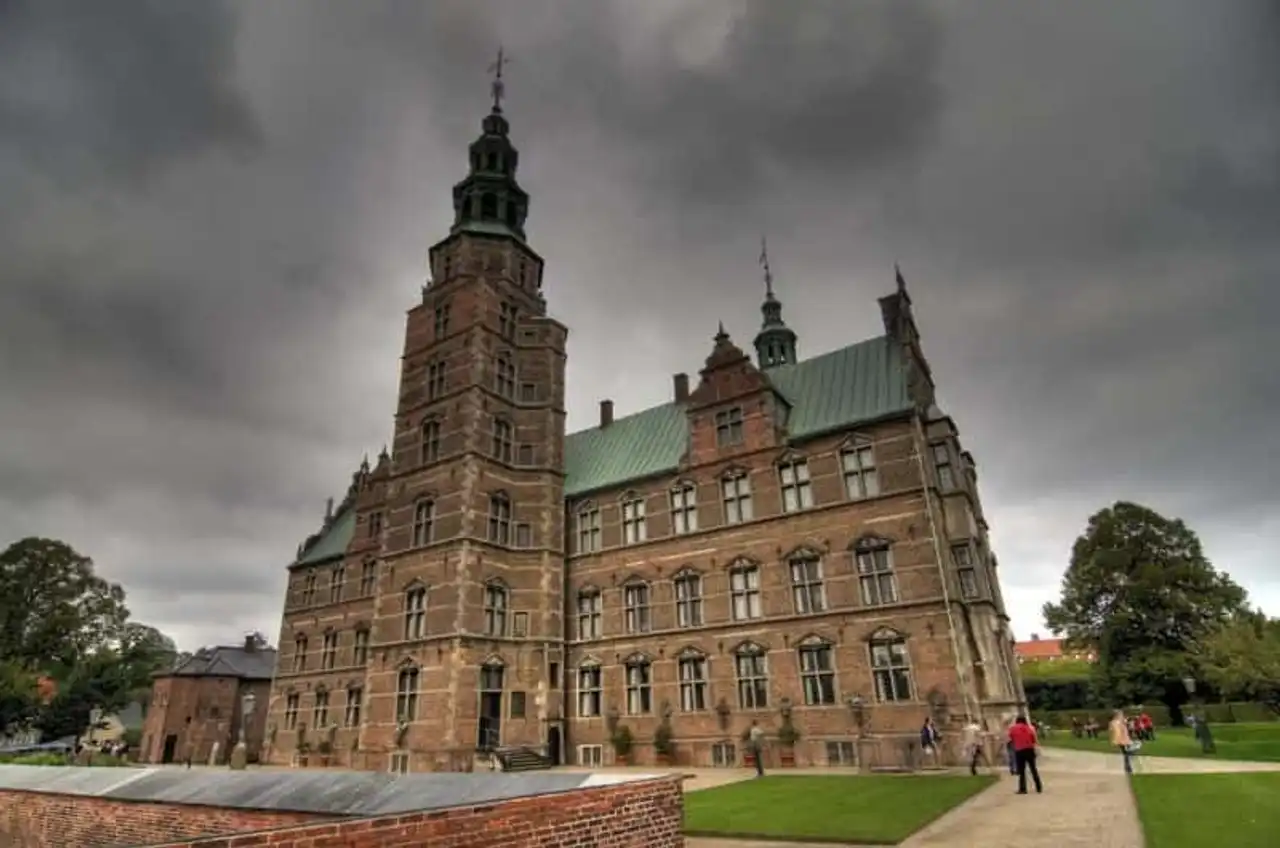
Photo credit: Flickr – Sergio Morchon
From all the treasures to visit in the centre of Copenhagen, the 17th century Rosenborg Castle is far away, one of the most beautiful in the city. Built in the early 17th century in the Kongens Have (or king's gardens) north of the city, it is to be seen for all local culture lovers who wonder what to do in Copenhagen.
Built by King Christian IV between 1606 and 1633, he served first as a royal residence until 1710 before being opened to visitors in 1830 as a museum. Today, the Château de Rosenborg still houses a magnificent collection of royal objects and various pieces of furniture and art. There are also royal treasures such as the crowns of sacre and a superb French almanach dating from 1647 and printed rue Saint-Jacques in Paris.
3. Nyhavn
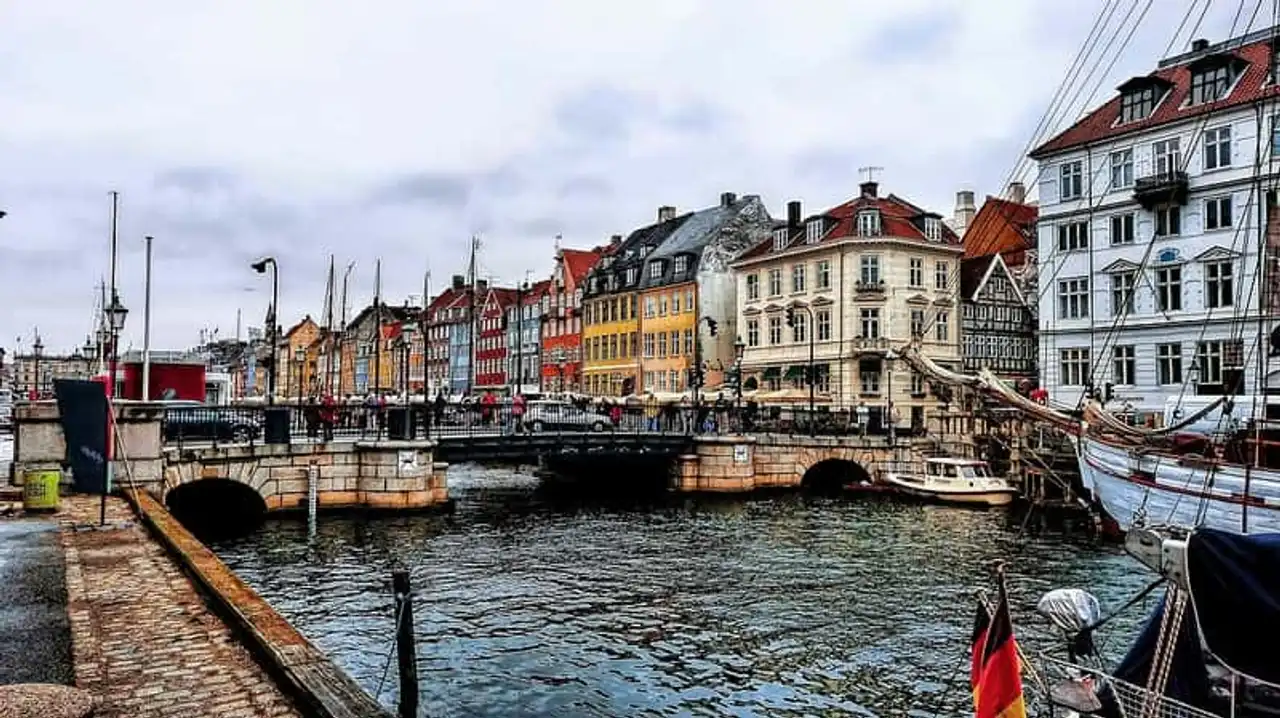
Photo credit: Flickr – Mariano Mantel
Nyhavn is a central Copenhagen channel whose name means new port Danish. It is advisable to avoid restaurants and cafes in this place that attract crowds of tourists and that serve poor quality food at very high prices.
However, the pastel-colored houses that border the port are as picturesque as the postcards suggested, especially during the long summer days. Visiting Copenhagen therefore necessarily leads a passage through these places so to speak encred in the history of the city... And for cause, the small houses bordering the docks were the home of several Danish artists. The N°20, for example, sheltered Hans Christian Andersen, the famous poet and novelist: it was between his walls that he wrote "Le Briquet", "Grand Claus et Petit Claus" or "La Princesse au petit pois" before living in N°67 and 18. Despite the years (the oldest construction - house N°9- dates back to 1681) the charm of Nyahvn did not take a ride, a bit like a place spared by time. Walking along the docks or the time of a cruise, discover an authentic neighborhood that in a few seconds will take you back a few centuries...
4. Christiania
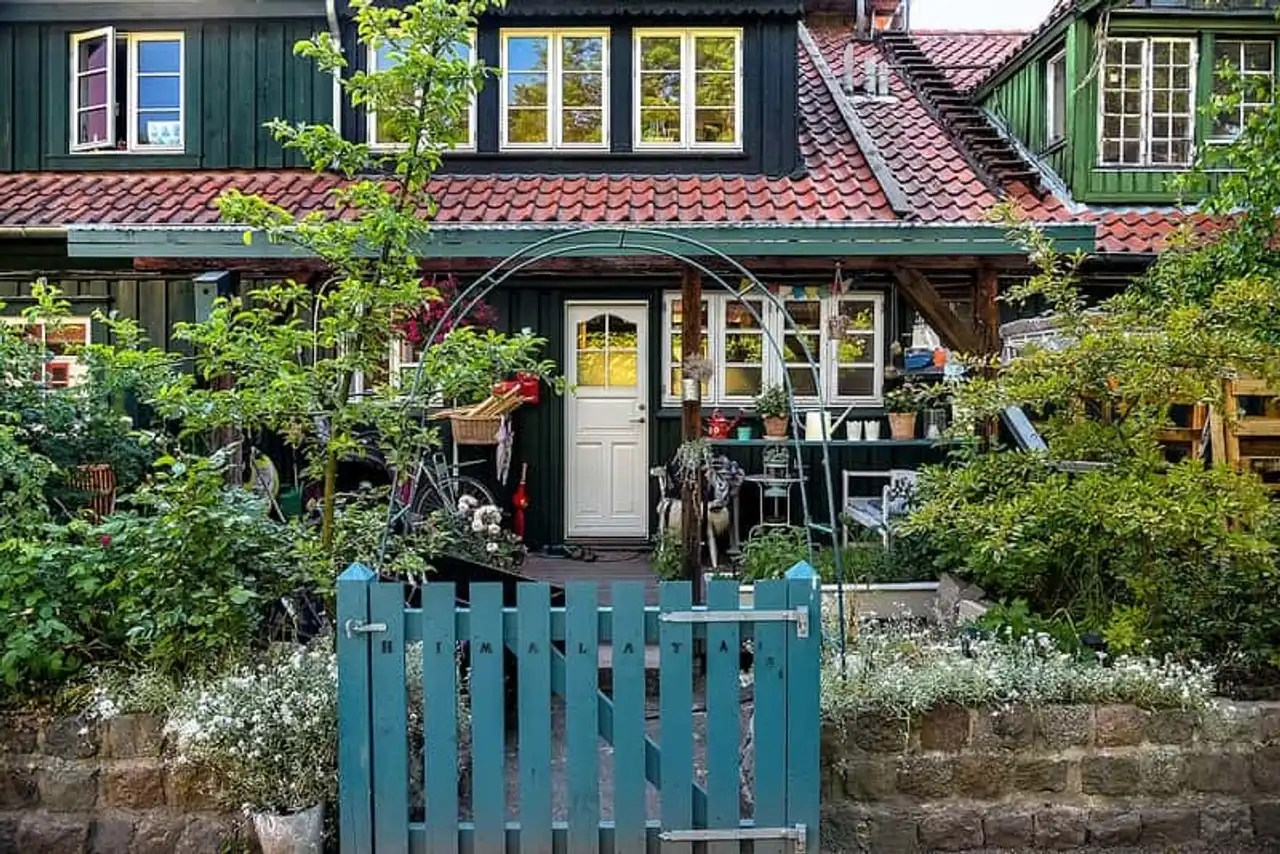
Photo credit: Flickr – Jorge Franganillo
The Christiania district is world-famous for self-proclaimed “free city” in the centre of Copenhagen.
This 41-hectare abandoned military camp was founded in 1971 by squatters and hippies, with its own laws. Over the years, he has attracted many alternative people and the police have never managed to clear the area. Today, the neighborhood is a rare libertarian historical experience still in operation. As a result of public pressure, the government allowed the community to thrive as a social experience. About 1,000 people then settled in Christiania, turning old barracks into schools and housing, and creating their own collective enterprises, workshops and recycling programs.
The residents of Christiania, who are autonomous, have never changed their laws but have banned any drug trafficking, although there are cannabis on " Pusher Street". In April 2011, an agreement was reached with the government for residents to buy the Danish RK 76 million before 2018. Needless to say that the coming years will be crucial to the neighborhood, but despite the pressure, Christiania’s soul has not been lost.
You will have understood it, visit Copenhagen calls to pass by Christiania! To be done, you are invited to go walking or by bike , discover the small market and artisanal shops, or stroll through the small gardens. In short, it is a very pleasant area and very different from the rest of the city centre.
5. The Little Mermaid
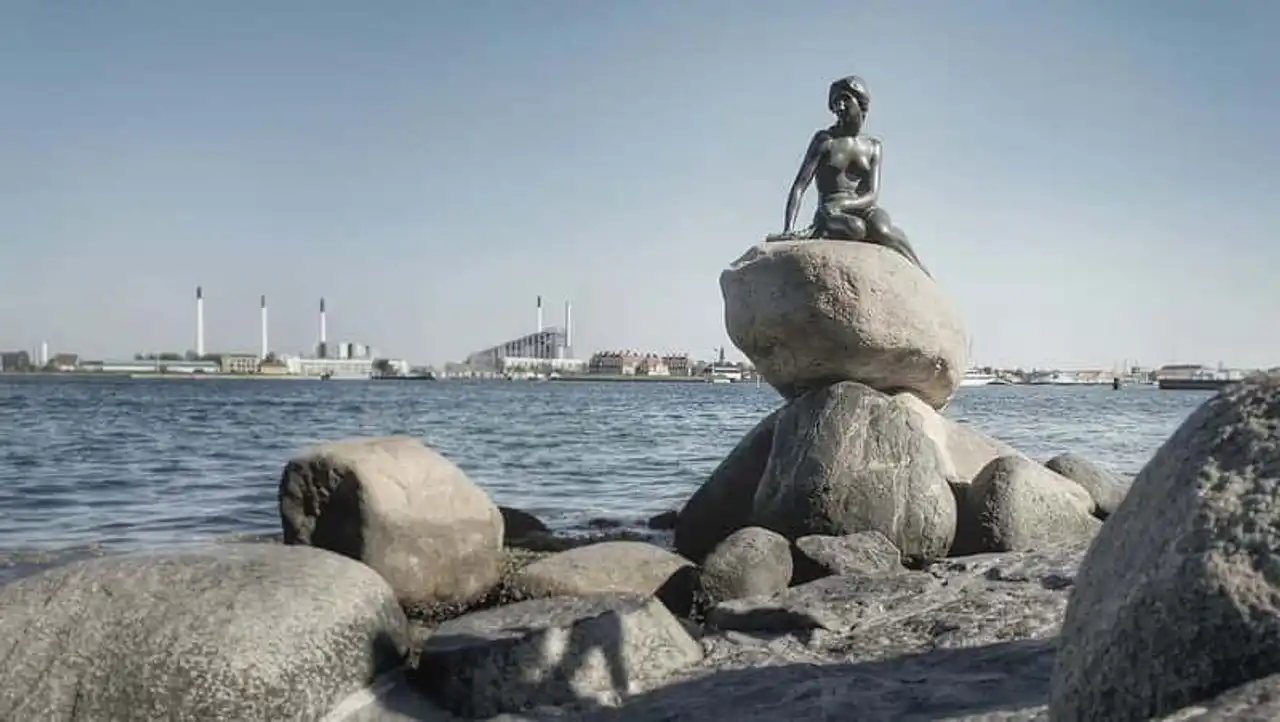
Photo credit: Flickr – Mark Hughes
It is called “Dens lille havfrue”, in Danish. This famous statue can be avoided (nothing exceptional) but if you come for the first time to visit Copenhagen, why not go take a look at it? It is located at the mouth of the port of Copenhagen and represents The Little Mermaid , the central character of Hans Christian Andersen’s history. Despite its un imposing appearance, it attracts nearly 1 million visitors per year. Going to see it allows you to take a walk on the edge of the Øresund.
6. A bike ride
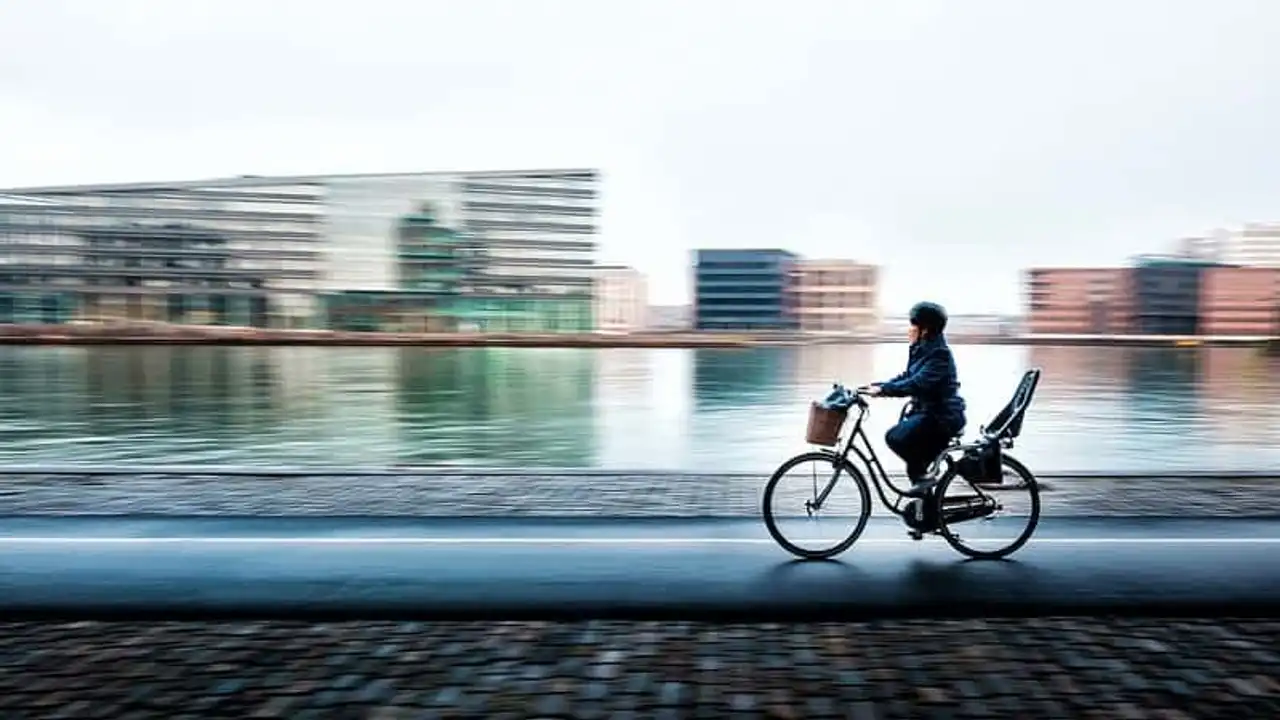
Photo credit: Flickr - d26b73
What to do in Copenhagen to make the most of its musts? One of the best ways to visit Copenhagen (at a lower price) is to rent a bike and go to discover the capital with or without a card, accompanied or not by a guide. The bikes are here a very used way of transport and so it is very safe to drive in the city center. Therefore, Copenhagen has many bike paths with more than 110 stations where to find a self-service bike. An economic and ecological way to explore the city and its surroundings (the rental costs an average of 20 DK, or 2,70€ per hour) as for example, the beach of Amager, 5 km southeast of the city, or pedal through the many parks.
7. The Palais d’Amalienborg and the rotation of the guard
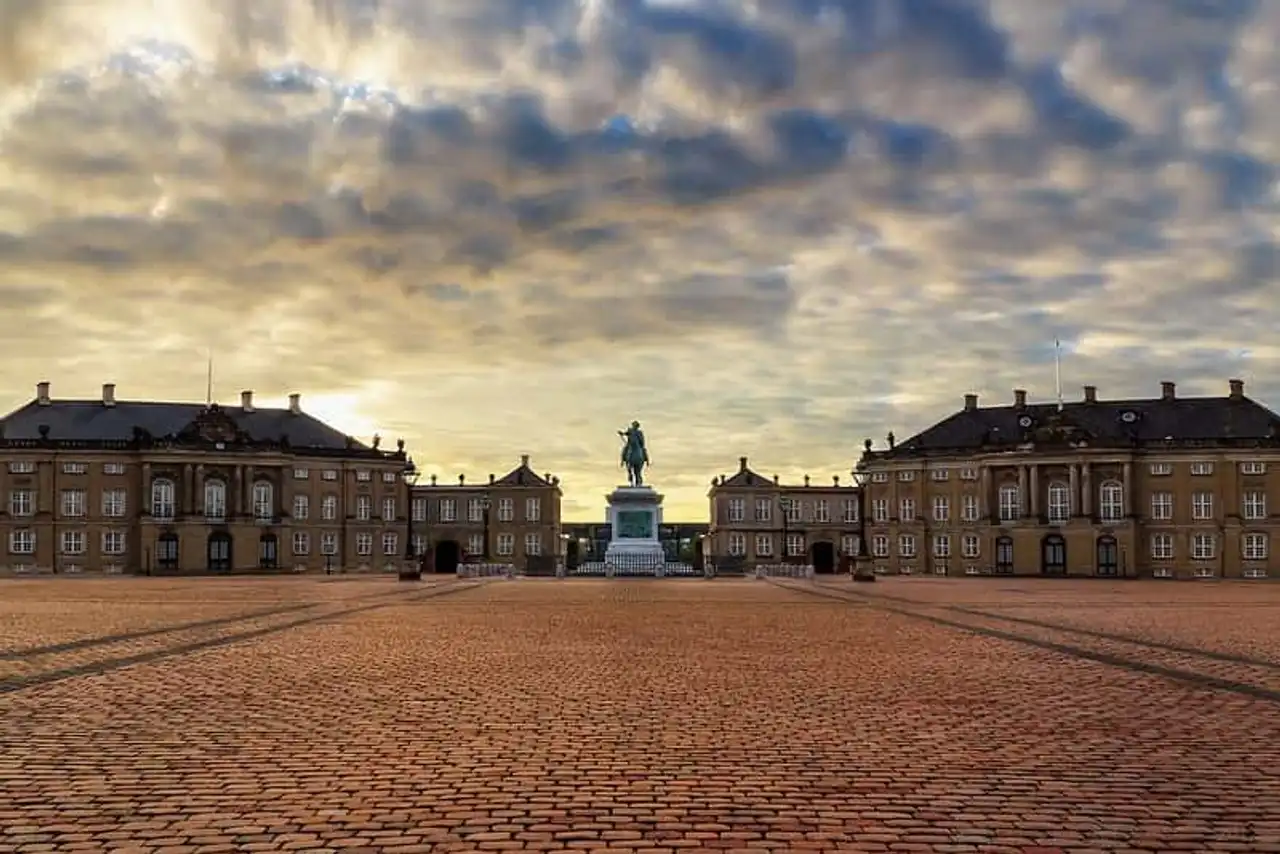
Photo credit: Flickr – Ronel Reyes
The palace of Almalienborg is the winter residence of the Danish sovereigns. Amalienborg is composed of four identical buildings: the Palace of Christian VII, the Palace of Christian VIII, that of Frederik VIII and finally that of Christian IX. In the middle of the palace square, there is a statue of King Frederik V dated 1771. At the Amalienborg Museum, in the palace of Christian VIII, you can discover the royal life of old and today. The museum presents here the private interiors of the most recent kings and queens and an exhibition on the current monarchy, with its many traditions.
Amalienborg is also known for his royal guard, called Den Kongelige Livgarde. Every day, you can discover the rotation of the guard. The guards depart from their barracks on Gothersgade at 11:30 am and arrive at the palace for 12 pm for a codified and emblematic show.
8. Museums in Copenhagen
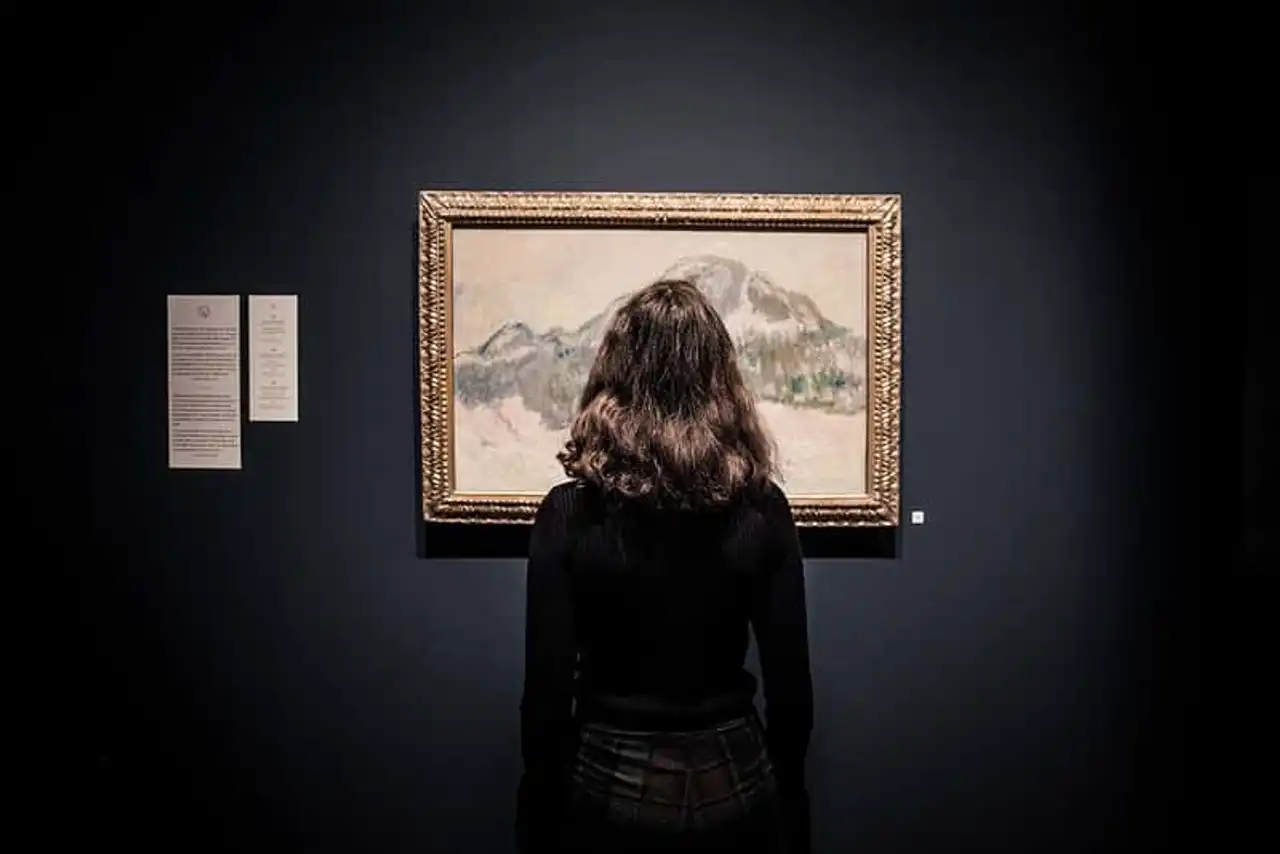
Photo credit: Flickr – Jonas Smith
If you are wondering that in Copenhagen besides its famous parks and neighborhoods, opt for a museum tour. Among the few addresses that the city has and its surroundings, we have selected you in this paragraph three of the best museums to see, the rest being listed below in the article.
- The National Museum of Denmark exhibits on the Stone Age, the Viking Age, the Middle Ages, the Renaissance and the modern Danish history. The Nationalmuseet enjoys a very large ethnographic collection, archaeology, prehistory, numismatic, sociology, natural science, communication, and important archives but also an excellent toy museum (ideal for children).
- Louisiana Museum of Modern Art (photo): 40 km north of Copenhagen and facing the Oresund and the Sweden , this museum which bears the name of the 3 wives of its founder Knud W. Jensen, all named Louise, attracts for its world-class art collections, its Danish modernist architecture and its beautiful natural landscape. Take a walk in galleries entirely dedicated to Asger Jorn and Alberto Giacometti, and enter a permanent psychedelic exhibition of Yayoi Kusama. Then visit the museum's sculptures park, where the works are in harmony with the gardens and bosquets, overlooking the waters of the Danish Coast.
- The Post Museum : At the House of Communication ( Post & Tele Museum ), you can discover how people used to communicate before computers appeared and how modern communication technology has evolved. The museum also contains a huge collection of Danish stamps issued between 1851 and 1998.
9. La Tour Ronde (Rundetårn)
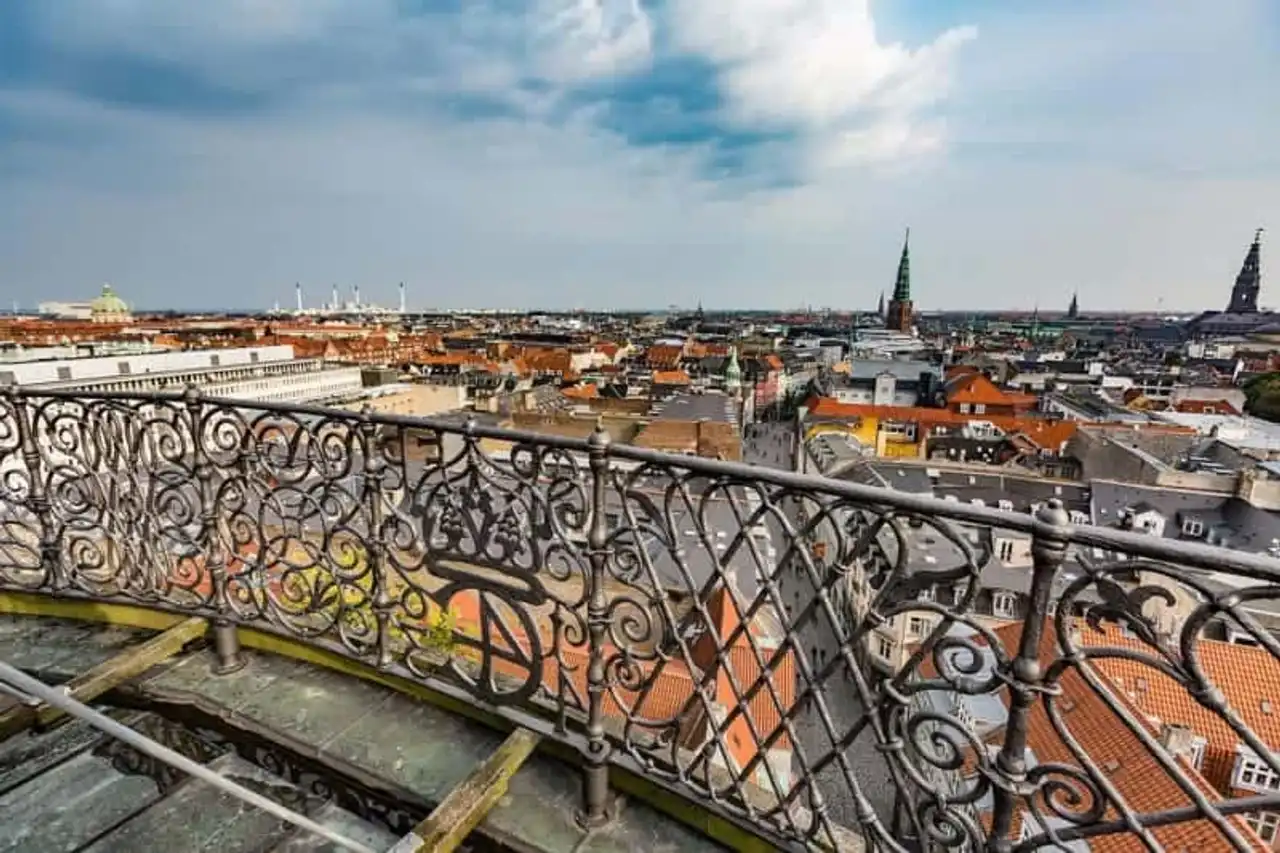
Photo credit: Wikimedia Commons – Tony Webster
The 17th century Rundetaarn tower, or "round tower", is the oldest observatory still in operation in Europe.
When Christian IV built the red brick tower, Denmark was very famous for its astronomical discoveries thanks to the astronomer Tycho Brahe. When he died in 1601, the king wished to pursue the research of Brahe, and the Round Tower saw the day. This has been a long time since scientists left, but the observatory is still used by amateur astronomers and many visitors. From the top of its 34.8 m, you have a breathtaking view of Copenhagen. To access it you have to climb through a unique spiral rail (not a classic staircase).
10. The Palace of Christiansborg
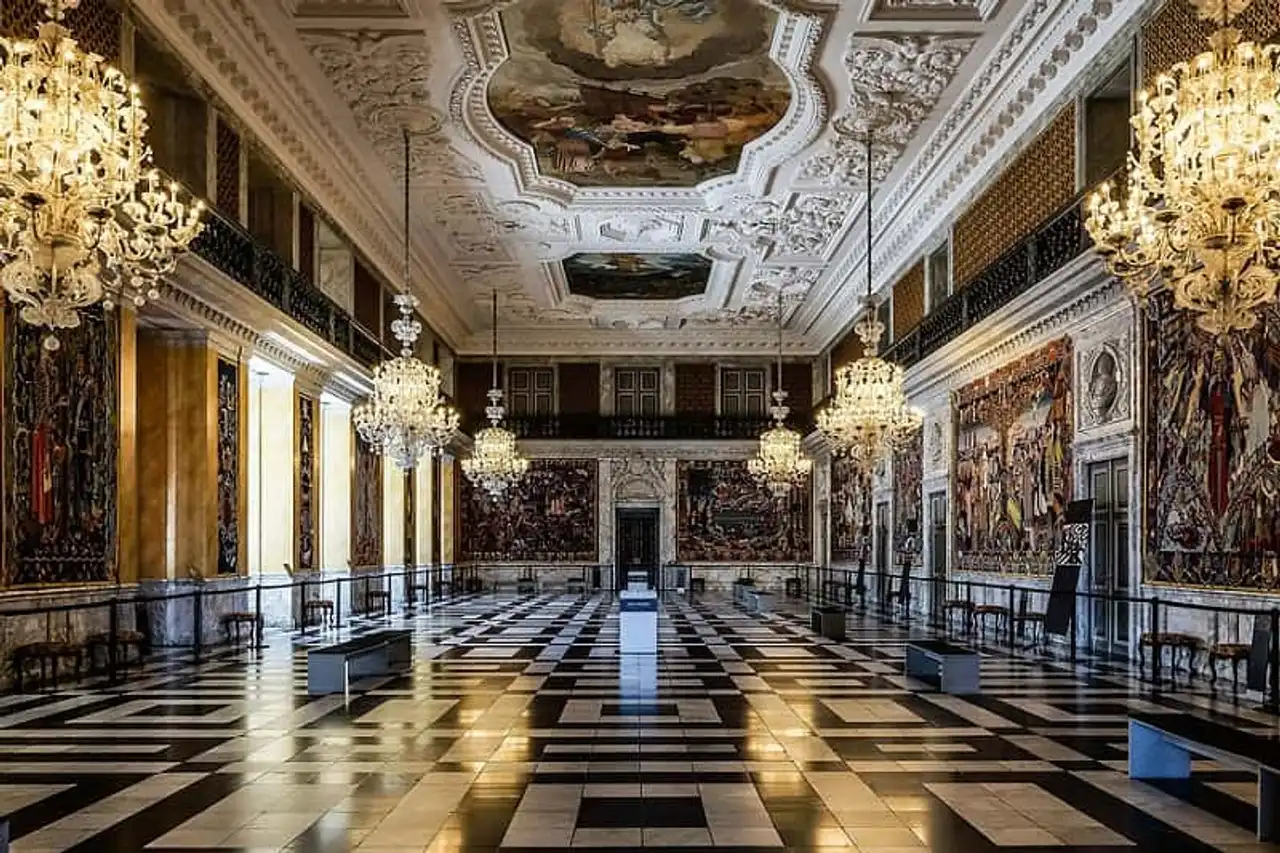
Photo credit: Flickr - Tine van Voorst
Slotsholmen is the seat of government and a real directory of historical sites. Located on a small island and separated from the city centre by a canal serving as a dove, the masterpiece of Slotsholmen is the Christiansborg Slot, a large palace that houses the Folketinget (Danish parliament) and various government offices. The main courtyard is dominated by an equestrian statue of Christian IX (1863-1906).
The royal family still occupied several parts of what was the king’s main residence until 1794. The castle has burned several times, and the few pieces saved from the fires are close to those of the last construction campaign: the buildings grouped around the carousel (equities, stalls and theatre) belong to the first Christiansborg. This is also the case for the Thorvaldsen Museum, which occupies the former handover of royal carrots, rebuilt by Michael Gottlieb Bindesbøll. The only intact building from the second Christiansborg is the Slotskirke, the castle church.
11. La Brasserie Carlsberg
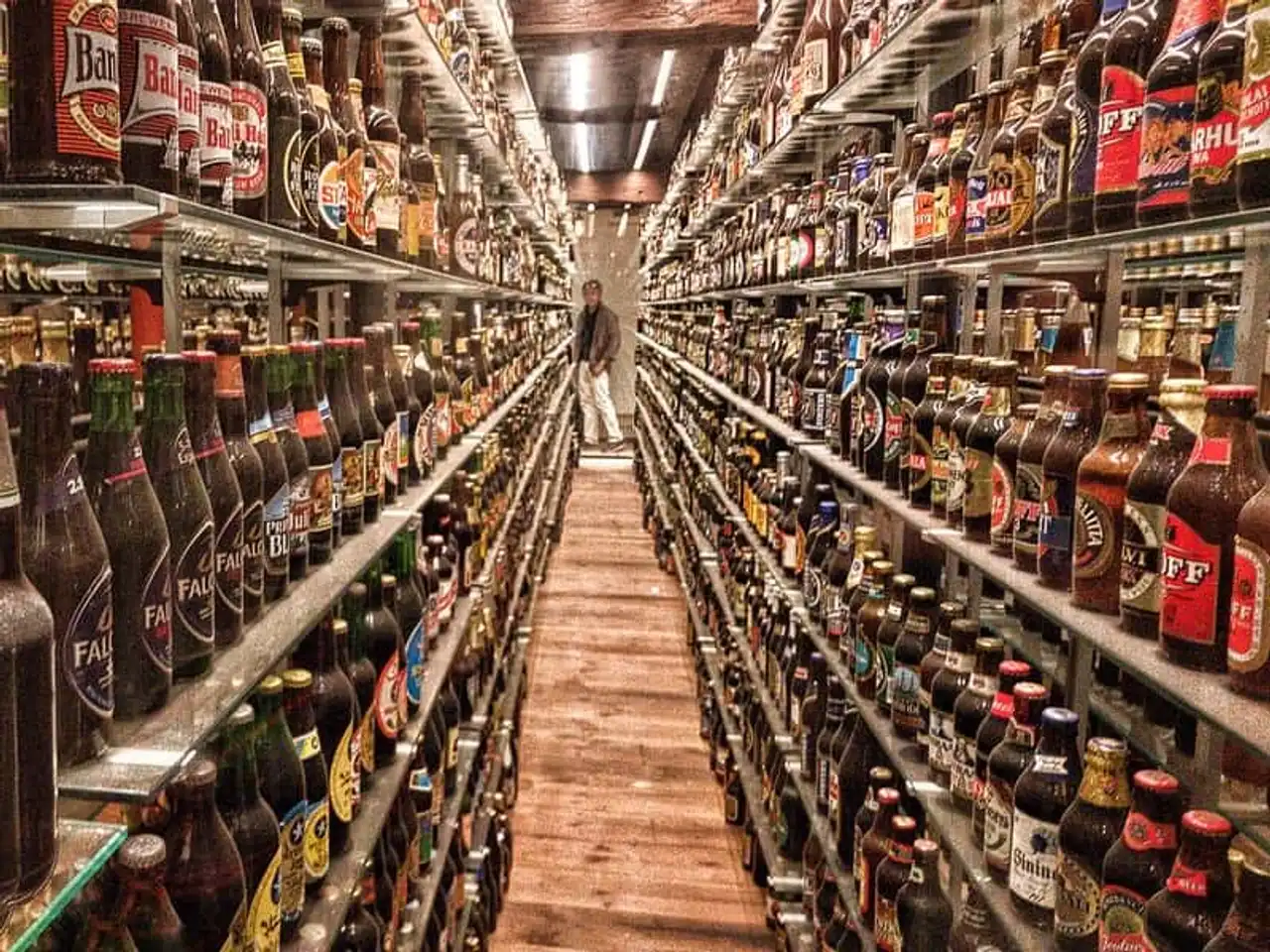
Photo credit: Flickr – Allan Henderson
Visiting Copenhagen without going through its emblem would be a shame. During your stay, besides historical monuments and other cultural addresses, go to the discovery of brewery Carlsberg . Located in Valby, southeast of Copenhagen, at the location of the first Danish brand brewery it is the symbol of the local drink. This visit will give you an idea of how the famous Carlsberg beer is made. Beer enthusiasts can enter the Old Carlsberg Brewery dating from 1847 where interactive exhibitions promise a journey through the largest collection of beer bottles in the world, the history of beer, and the development of Carlsberg internationally. The visit also brings you to a sculpture garden, stables, and a souvenir shop. Finally, you will of course have the opportunity to taste the famous Danish beer.
When to those who wish to continue their tasting, know that there are bars and pubs that will lead you to the best addresses in the city. If you're wondering what to do in Copenhagen to combine discovery and conviviality, you now know what to choose!
12. The University City of Tietgen
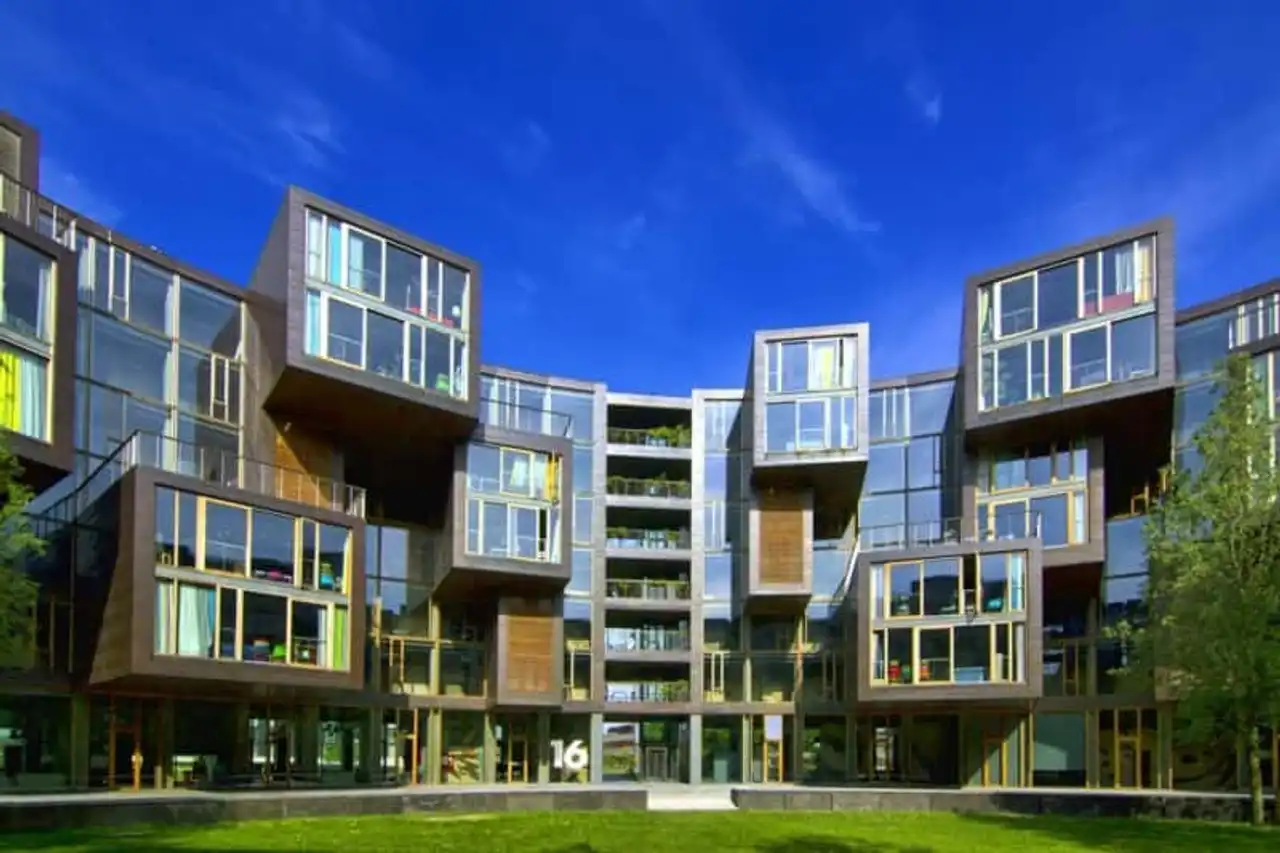
Photo credit: Flickr – Wojtek Gurak
In Orestad, a recent quarter of Copenhagen, is the University of Tietgen (Titgen University). Tietgenkollegiet ) and its large circular residence. This unique building, built in 2006, was designed to reconcile community and individuals. The apartments are all different and entangled around each other. Students who experience this common life experience also benefit from the sustainable aspect of the building.
13. To see and to do also in Copenhagen and its surroundings
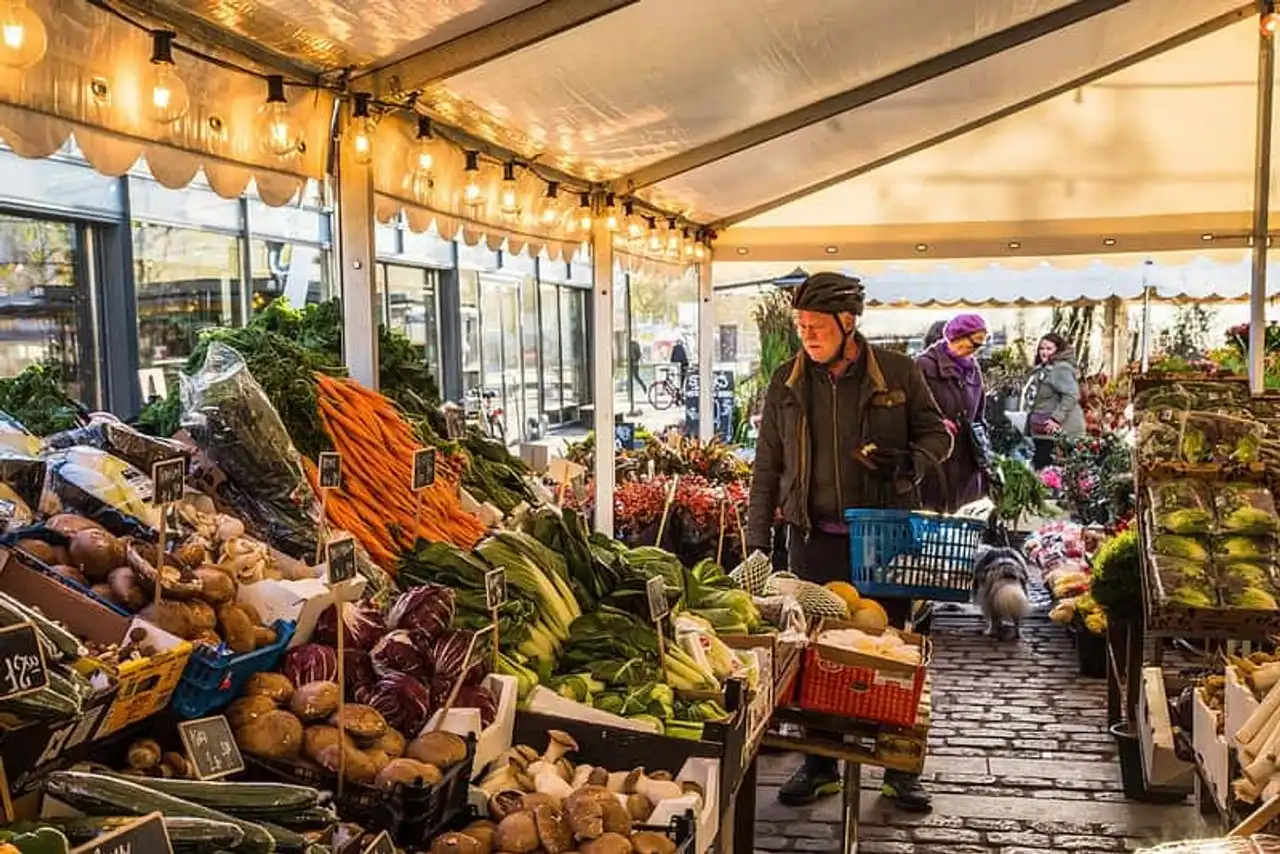
Photo credit: Flickr – Adrian Scottow
- The Castle of Kronborg in Elseneur (Helsingør) : 45 minutes by train, one of the most beautiful Renaissance castles in Northern Europe
- Dinner in the best restaurant in the world, Noma
- The Castle of Frederiksborg
- A shopping session on Strøget Street
- The Statens Museum for Kunst (galerie des beaux-arts)
- Nightlife with all bars and good addresses to drink a drink and go out
- The trendy districts of Vesterbro and Nørrebro
- The Torvehallerne market
How to get to Copenhagen?
Copenhagen is right in front of Malmö in Sweden, so you can access it from this city if you stay there. Direct flights are available from Paris Charles de Gaulle and Orly and Nice (with Air France and Norwegian). With stopovers, the possibilities multiply. You can at any time take a look at our partner's website Ulysses to find the cheapest flights according to your departure dates.
Where to stay in Copenhagen?
The Danish capital is a city dear to stay and you will quickly realize it. Read our article on the best areas where to stay in Copenhagen to give you an idea and place your stay. Limit the costs by choosing a hostel/Airbnb or try to find the cheapest hotel in your stay on this Compare hotels . And above all: try to get ahead of you!
Now you know what to do in Copenhagen to enjoy this city with multiple treasures? And have you ever visited Copenhagen?
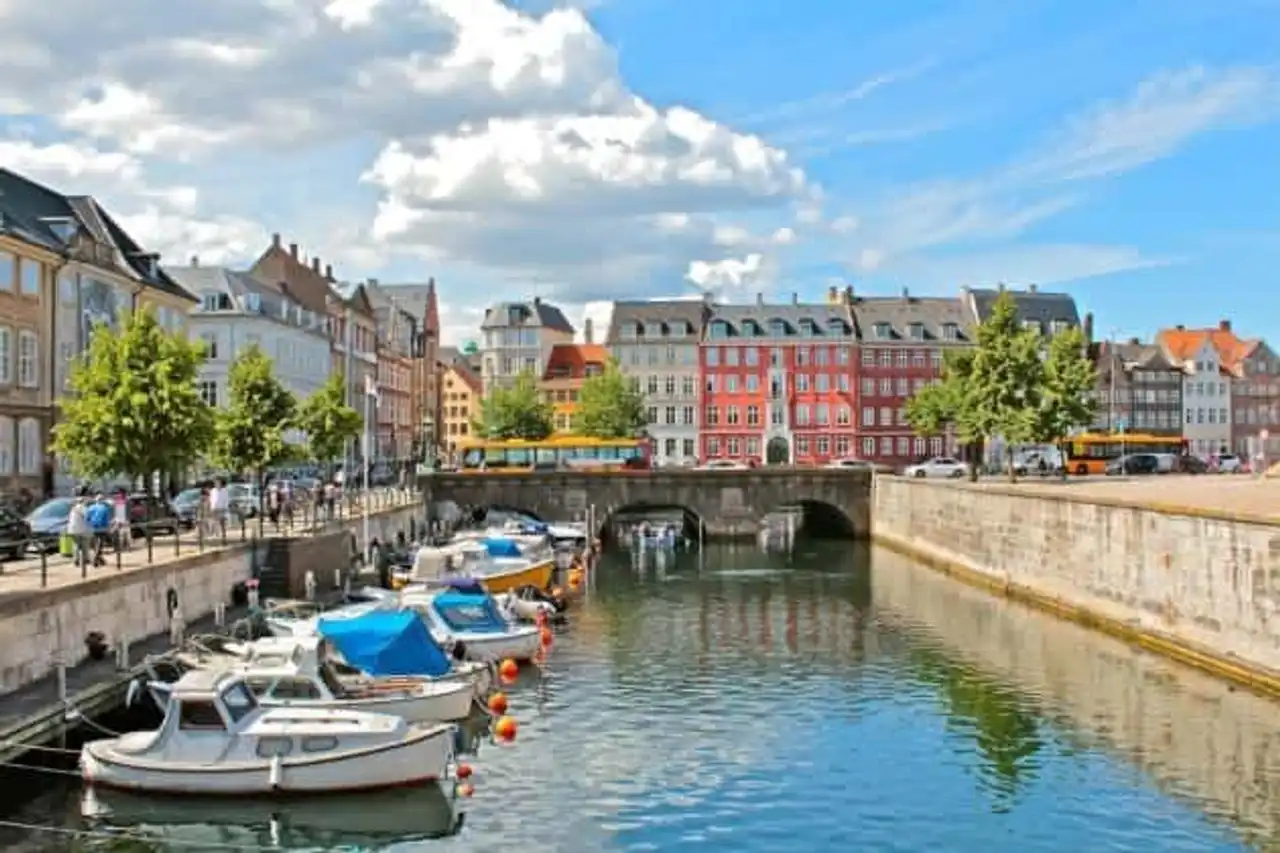




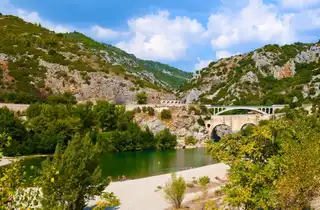
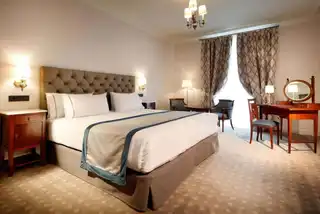
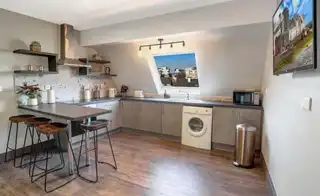
Loading comments ...